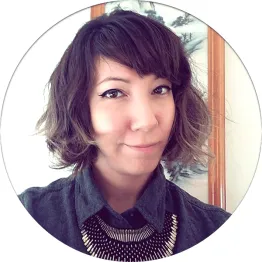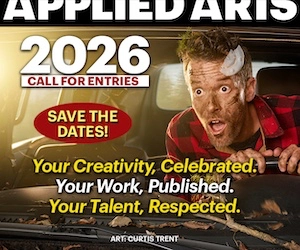I was born in Taipei, Taiwan, and spent my early years there and in Tokyo, Japan before growing up in New Jersey, US. I showed a great passion for drawing in childhood that seemed never-ending, so I attended the Maryland Institute College of Art in Baltimore, MD, and received a BFA in Illustration. I did a brief stint of failing spectacularly as an inexperienced freelancer in NYC before being moved out to San Francisco for my career as a 2d artist in video games. I seem to have each of my feet in two different worlds, one for mobile games, and the other for editorial illustration.
While my schooling almost entirely focused on traditional mediums, I work 100% digital these days for ease of revisions and quick deadlines on projects. My work is greatly influenced by Art Nouveau and Golden Age illustrators like Kay Nielsen, Eyvind Earle, Alphonse Mucha, and Henry Clarke.
Recurring themes in my illustrations always seem to have an Asian inspiration to them, probably because I am half-Chinese, and just gravitate towards that type of imagery. Lots of flowing lines in smoke, water, hair, and so on.
What are you working on at the moment?
Currently, I'm working on a new game for the company I contract for, Kongregate, which is actually old-school style with pixels, and pixel animation. For the editorial side, I've had an on-going project that involves monster-themed safety in the workplace posters for a prominent tech company (sorry, I'm not allowed to name them yet!), along with various other illustrations for magazines, newspapers etc. I've also been working on a personal project; a script for a very lengthy slice-of-life graphic novel that I hope to start pencilling pages for very soon.
What does a typical working day look like?
Average days will have me sitting at my desk from 9am to 6pm, working on artwork for mobile games. I usually take a 2-hour break at the end of the day to eat dinner, watch something (film or episode of whatever series), and then if I have freelance scheduled, I will sit back at my computer, and work on the illustration project for a couple of hours. If not, I usually will play some video games or sketch for fun really late at night before going to sleep.
Working from home can get somewhat lonely, even with my husband and cat in the studio, so I try to meet up with fellow artists to paint in traditional mediums once a week.
What tools do you use most for your work?
For editorial work, I start with thumbnail sketches on paper in a sketchbook. If I do those initial sketches digitally, I start zooming in and trying to focus on all the details and it's way too early to do that, it ends up hurting my illustration process, so it must be done on paper. After getting compositions out in the sketchbook, I move to a Cintiq and Photoshop to work entirely in that.
For mobile games, I use a LOT more programs depending on the game I'm working on. To name a few: Illustrator, Flash, Photoshop, PyxelEdit, Spine, and Unity.
What skills have you learnt along the way?
Lots of 2d animation for games, which has helped enormously in getting more movement into my illustration work. I believe in taking any information from any field and using it to experiment in my own illustrations.
How to be a professional illustrator, managing my own contracts, clients, and budgets have also been key learning points along the way. It never seems to get easier, but having more knowledge over the years can allow me to at least make fewer mistakes in my business.
What advice would you give to a young creative?
Keep drawing fundamentals every day if you can. Artist egos are a really tough balance of being between: thinking you're good enough to do it for a living, but also considering yourself as NOT good enough, so you need to keep working to improve and not grow stagnant.
And if you find yourself defending your work a lot with the words, "well that's my art style," consider taking a step back. If you have one or two people who criticize your work, maybe you don't have to listen to every bit of advice. But if four, five, ten different people are all saying 'you need to work on your anatomy' or something else, definitely listen to them. Sometimes we just can't see it in our own work, but practice with intent behind every stroke can really help.



